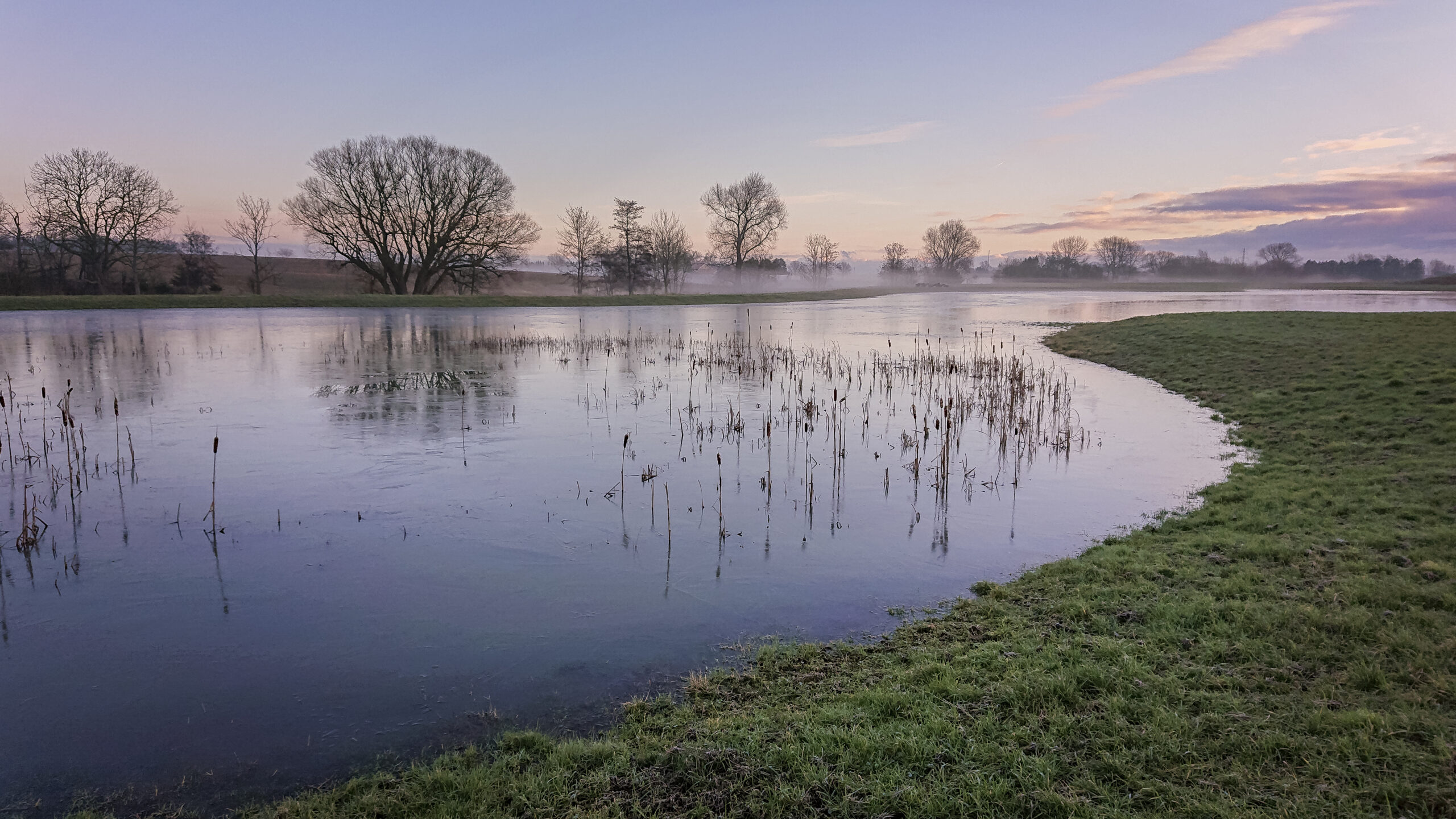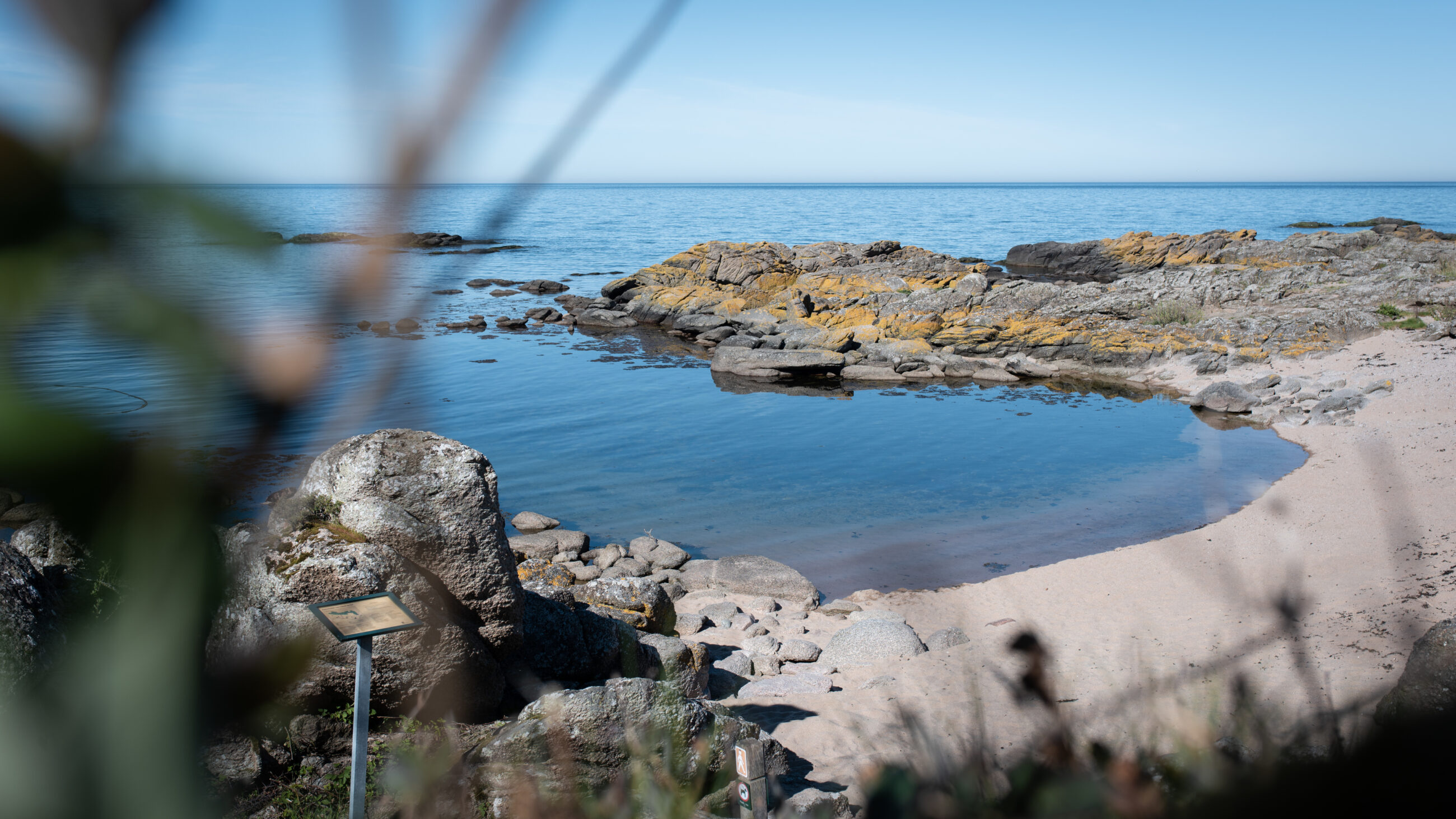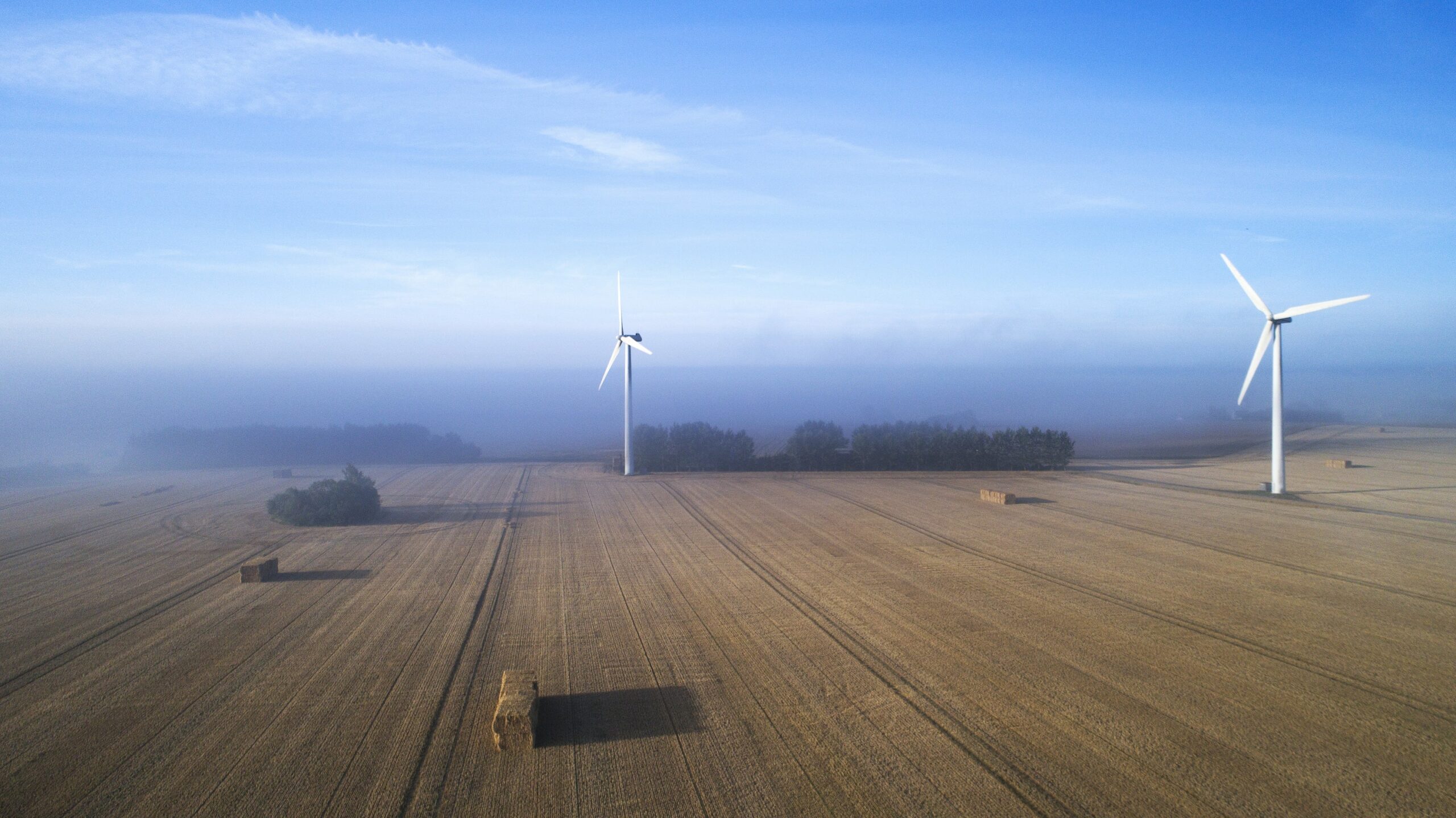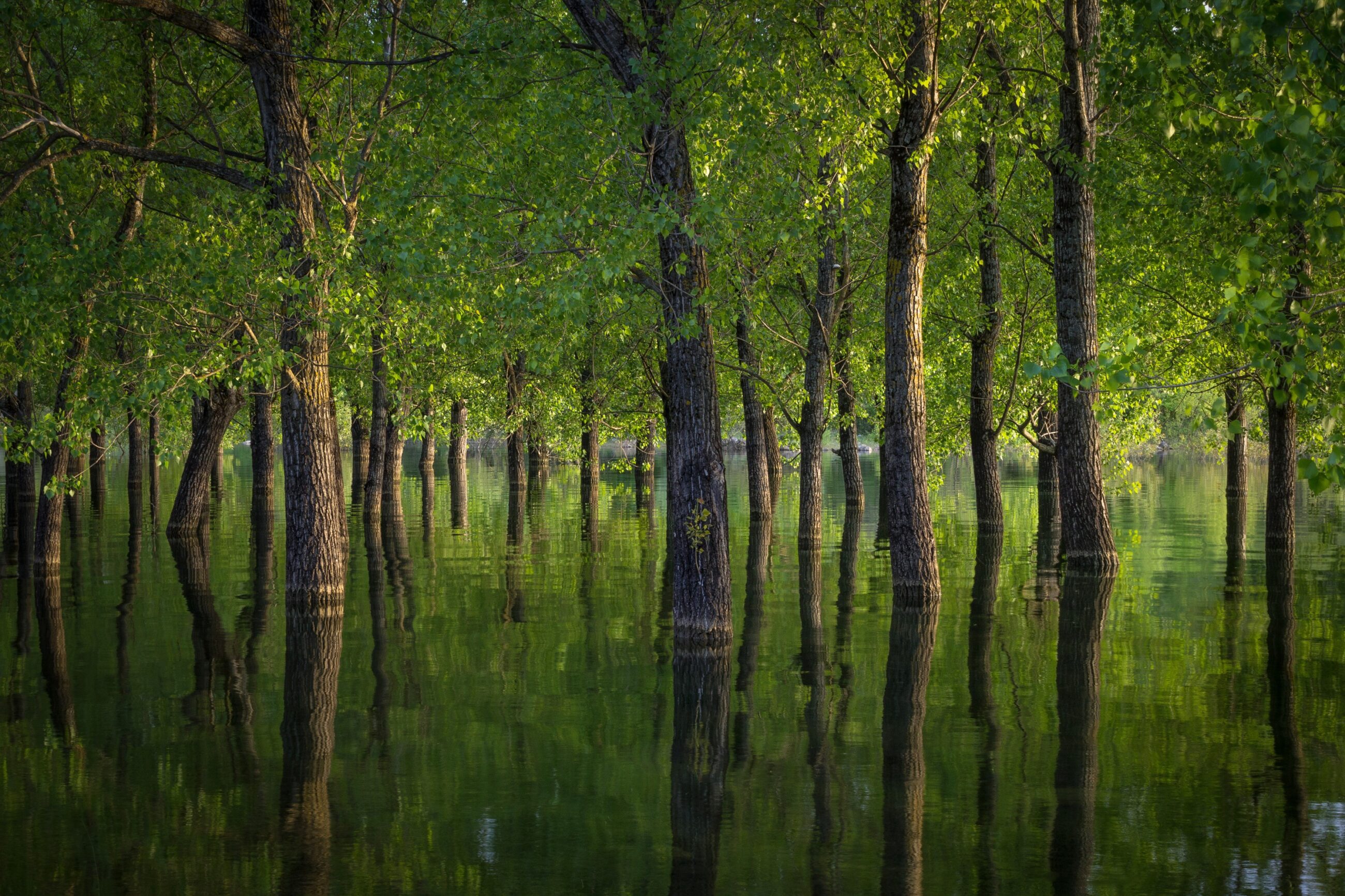News
Bio-based circular solutions
Circular building design
Circular building materials
+7
Moving towards a circular economy
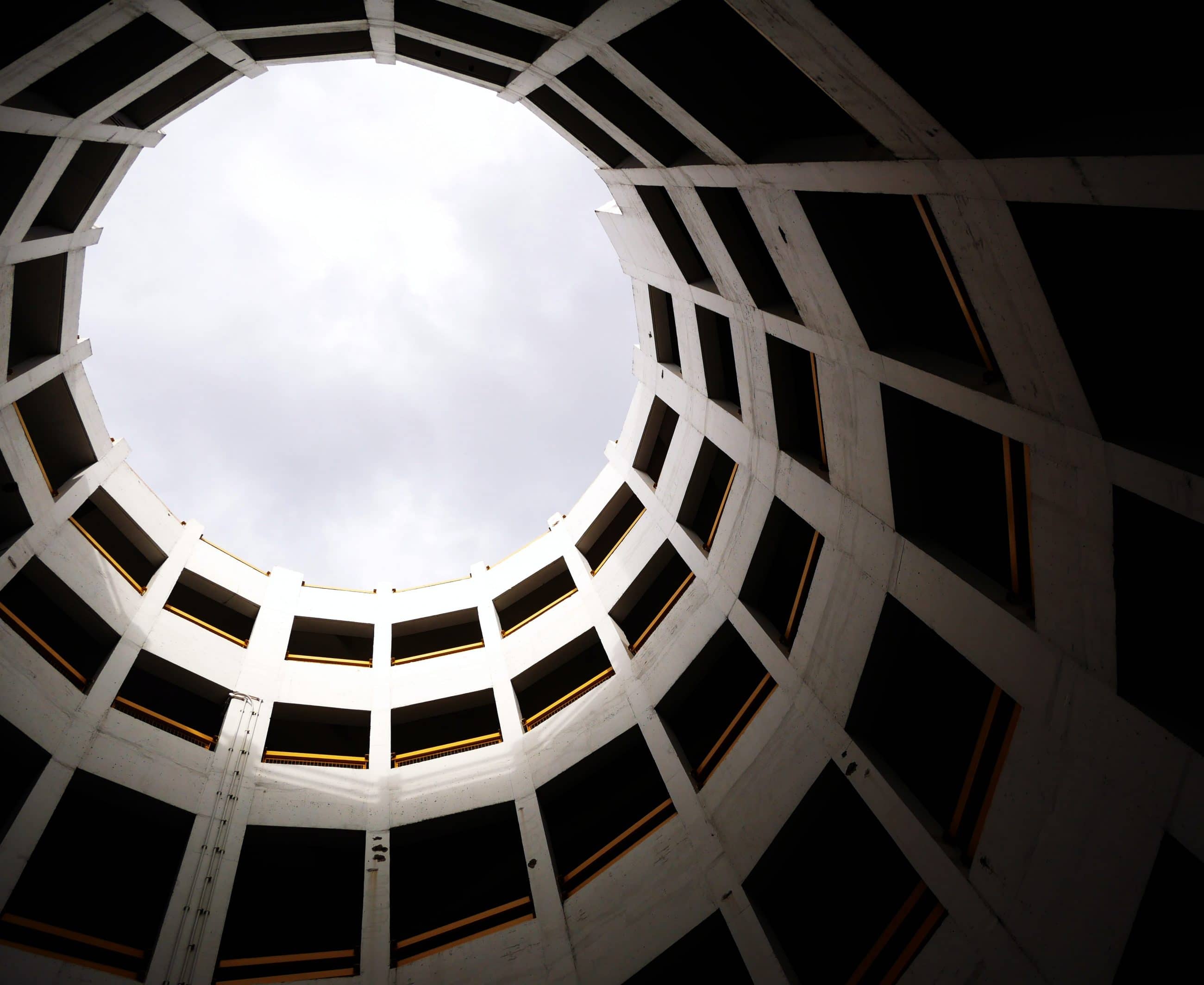

The UN estimates that 83 million more people are added to the globe each year. This means 83 million more mouths jostling for a share of the world’s resources so that at a minimum, they can be fed, clothed, have a roof over their heads, and turn on the light. While population growth is now slowing, over the last 100 years, the global population increased dramatically, from roughly 1.5 billion to 6 billion.
Although grotesque inequalities exist, more and more of the globe’s citizens are being lifted out of poverty. As they join the swelling ranks of the middle class, this, in turn, creates demand for consumer products and the adoption of western consumption patterns.
The rapid increase in population growth, coupled with an ever-expanding middle class has placed the planet’s resources under strain. As the world industrialised, we adopted linear production and consumption models: we have normalised patterns of producing, consuming, and discarding. It takes one and a half years for nature to replenish and regrow what the planet’s inhabitants consume in one year. We are consuming irresponsibly and in excess.
The status quo cannot continue. While we have made great strides in resource efficiency, this is not enough to halt the damage to our planet. We require a new way of thinking and a new economic model.
The circular economy: An end to waste?
As a response to these challenges and recognition that the current situation is unsustainable, a new economic model has been proposed. Known as circular economy, it goes far beyond merely using resources more efficiently and where the catchwords are reuse, recycle, repair, and share. In essence, it means an end to waste and the chance to create a new type of economic growth.
What does this mean in practice? It means radically altering our understanding of waste as something to be discarded, to something that is a valuable resource instead. An example could be treating biomass from the food industry in bio-refineries and upcycling this into nutrients that are transformed into new bio-based products in a number of value-chains. Another example could be separating wastewater and reusing the dried sludge to make charcoal, while the water that remains is cleaned and reused for irrigation purposes. Even the production of energy can be used in a circular fashion, where excess energy from refrigeration systems is used to supply district heating to citizens’ houses.
It means nurturing the development of the sharing economy, where we share or rent products and services, rather than owning them outright. An example is online community platforms for ridesharing on car journeys so that there are more people in a single car journey. This makes it cheaper for the car driver and the other passengers, as well as reducing traffic on roads and lowering carbon emissions.
It means applying a comprehensive life-cycle analysis when designing and constructing so that inputs to the production process can be easily separated and obtained from renewable sources or contain as few chemicals as possible. It means cradle-to-cradle design so that a product is created that also can be reused, repaired, refurbished or disassembled and then recycled at the end of its lifespan. This is known as closing the loop. An example of this could be the design of biodegradable packaging for food and beverages. Another example is recycling construction waste and using it to provide insulation in buildings.
Where to begin?
The transition to a truly circular economy is very much in its infancy. The challenges to overcome and the processes that need to be put in place vary according to each country’s unique set of circumstances. For one country, it might be developing waste management models that allow citizens to sort their garbage. For another, it might be ensuring the optimum framework conditions are in place that will aid companies in making their business and production more circular.
While the stepping-stones towards a circular economy are many and diverse, it is clear that the transition will require partnerships across sectors and the input of different disciplines, as well as the development of market mechanisms backed up by political regulations and sound policy-making.
The possibility to optimise resource productivity and consumption via the development of a circular economy offers tremendous untapped potential – not only in terms of economic growth but also in terms of benefits to the planet. More concretely, a joint report written by the Ellen MacArthur Foundation and the McKinsey Centre for Business and Environment has estimated Europe’s GDP could increase by as much as 7 % if the continent adopted circular business models, with added positive employment effects. In addition, CO2 levels would be halved and virgin resource consumption slashed.
Denmark: Eager to aid the transition towards a circular future
As one of the most waste-producing countries in the world, Denmark has been motivated to take action. There exists strong political will combined with engagement and ambition from the public and private sectors, as we see the circular economy as offering chances for new business opportunities and greater economic growth.
In 2016, the Danish government formed a Circular Economy Advisory Board. Consisting of public and private experts, the board authored a report for the government, which contained recommendations on how Denmark can move closer to achieving a circular economy. The government is currently in the in middle of considering how to implement these recommendations. The Danish government is also moving ahead on national waste prevention and waste management strategies, which have levied higher charges for the disposal of waste and prohibited the incineration of certain types of materials.
Ranked as a leading country in terms of technology adoption and digitalisation, Denmark is also committed to nurturing the growth of the sharing economy via online sharing platforms and establishing online resources to assist companies and ordinary citizens in reducing and rethinking waste. Furthermore, the country has a long tradition of investing in high-quality research institutions that have strong links to industry, which makes it easier for industry and academia to collaborate on developing products and solutions that incorporate circular economy principles. This ability to create cross-sectoral partnerships, where industry, governmental organisations, the private sector and ordinary citizens are involved and actively participate is a key strength of the Danish way of doing business.
These factors, coupled with a longstanding emphasis on developing innovative solutions and appreciation for design that is based on quality and simplicity, means that Danish architects, designers and production companies are playing their part in the transition to a circular economy. These efforts have resulted in Denmark being awarded the World Economic Forum’s Young Global Leaders award ‘The Circulars’ in 2015 for being a global front-runner in exploiting the potential for a circular economy.
Connect. Inspire. Share. Think Denmark
Clearly, there is much to be done. Doing so will require a radical rethink of the way we produce and consume. However, the political will is present, as is the engagement and ambition from private and civil sectors. In Denmark, we see the circular economy as one that encompasses enormous potential for inclusive, sustainable economic growth.
Businesses, industry and policy-makers can see the advantages of moving towards a circular economy as it creates employment, increases GDP and exports, optimises resource consumption and reduces production costs. More importantly, it also benefits our climate and precious natural resources by minimising resource consumption and reducing carbon emissions. We hope that you also can see the circular economy as offering unparalleled opportunities for the benefit of your economy, your environment and your citizens. Join us for dialogue, partnership and inspiration.

